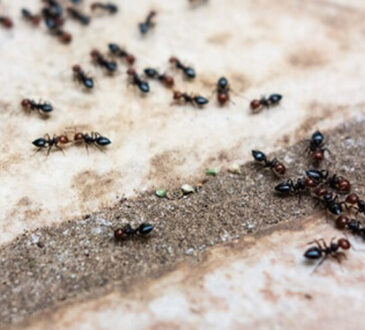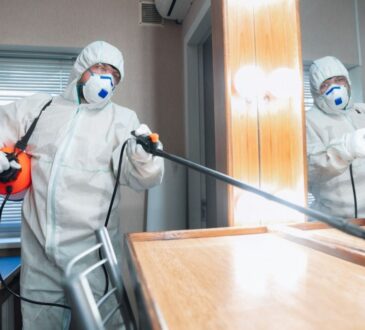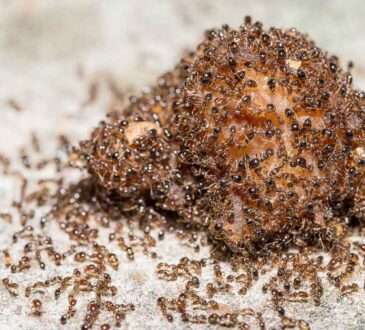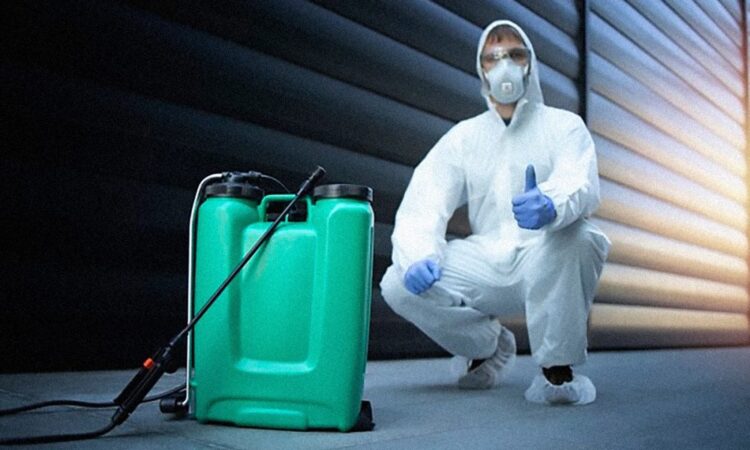
Pests can be more than just a nuisance; they can damage property, spread disease, and affect your health. Effective pest control is essential to keeping your home or business safe and comfortable. Fortunately, managing a pest problem doesn’t have to be overwhelming. With the right approach, you can tackle pest issues systematically and efficiently. Here’s a step-by-step guide to help you implement pest control solutions in your home or workplace.
Identify the Pest
The first step in controlling pests is identifying the problem. Different pests require different treatments, so knowing what you’re dealing with will help you choose the most effective solution. Common pests include:
- Insects: Ants, cockroaches, termites, bedbugs, mosquitoes
- Rodents: Mice, rats
- Wildlife: Squirrels, raccoons
Look for signs of infestation such as droppings, nests, visible insects, or chewed wires and furniture. If you’re uncertain about the type of pest, it’s best to consult a professional service for proper identification.
Assess the Severity of the Infestation
Once you’ve identified the pest, determine the severity of the infestation. A few insects or rodents may require basic prevention and cleanup, while a large infestation may require professional intervention. Consider how widespread the problem is and how much damage it may be causing. This will help guide your next steps and decide if DIY methods will be sufficient or if you need professional services.
Seal Entry Points
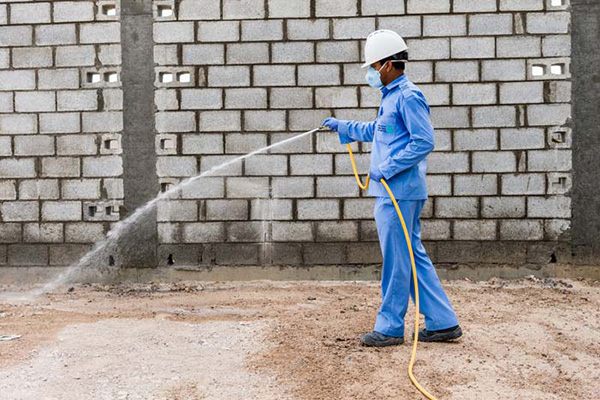
Preventing pests from entering your home or business is key to long-term pest control. Inspect the exterior of your building for cracks, holes, and gaps around windows, doors, and pipes. Seal any potential entry points using caulk, weather stripping, or mesh. For larger gaps, such as those around vents, consider installing mesh screens.
Sealing entry points not only prevents new pests from entering but also helps to keep the existing infestation from spreading.
Maintain Cleanliness
Pests are attracted to food, water, and shelter. To reduce the risk of infestation, maintain a clean environment. Regularly clean floors, countertops, and other surfaces to remove crumbs and spills. Keep food stored in airtight containers, and never leave food out overnight.
In kitchens and bathrooms, clean up any standing water immediately, as moisture can attract pests like cockroaches and ants. Empty trash cans frequently and clean them regularly to avoid attracting pests like flies or rodents.
Implement DIY Pest Control Methods
For minor infestations, there are several DIY pest control methods you can try:
- Baits and Traps: Use traps for rodents or baits for ants and cockroaches.
- Natural Repellents: Essential oils like peppermint, eucalyptus, or citronella can deter insects. Diatomaceous earth is a natural substance that can be used to control insects.
- Insecticides: For more persistent pests, consider using an insecticide or pesticide specifically designed for your pest type. Be sure to follow all safety instructions and use products that are safe for pets and children.
Consider Professional Pest Control Services
If DIY methods aren’t sufficient, or if the infestation is large and persistent, it’s time to call in the professionals. Pest control experts have access to stronger treatments and are trained to identify and manage infestations effectively. Their Service will assess your property, apply targeted treatments, and offer guidance on preventing future problems.
Most companies offer both one-time treatments and ongoing maintenance plans to keep your home pest-free in the long term.

